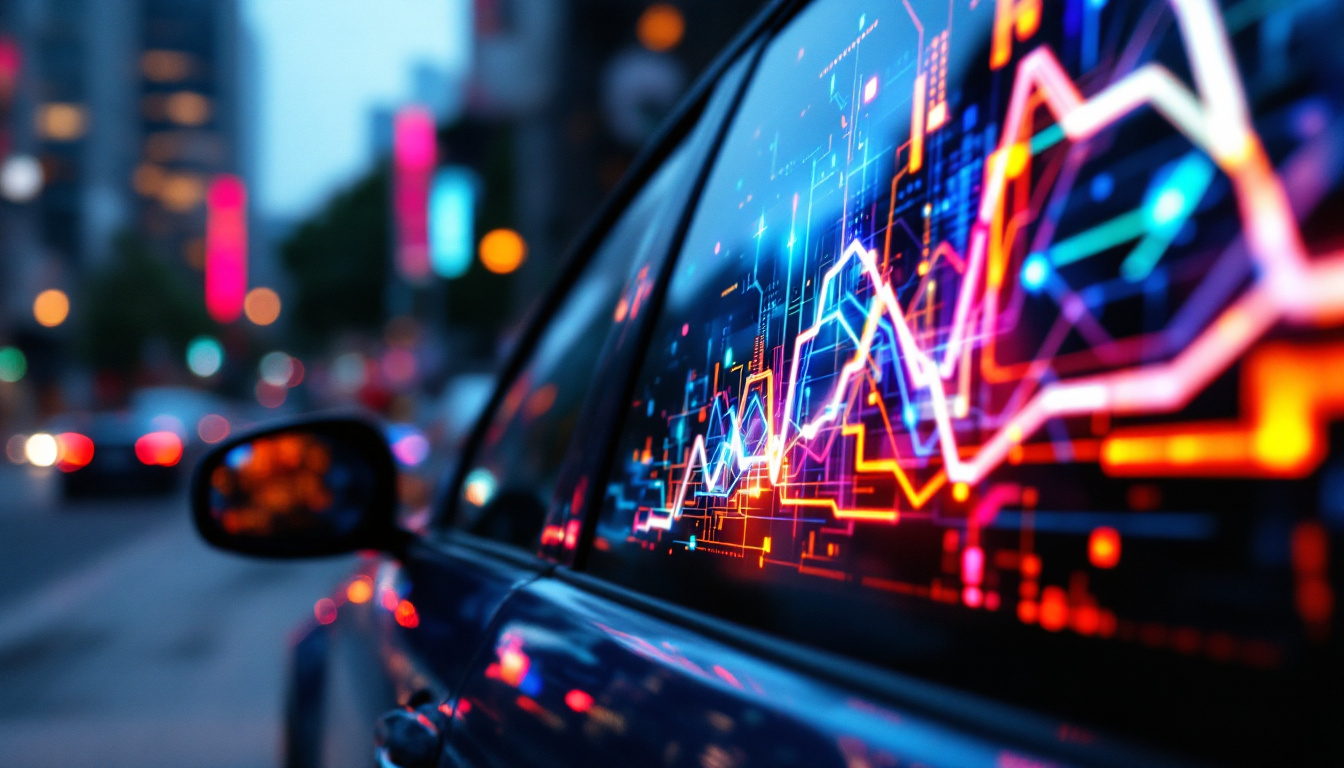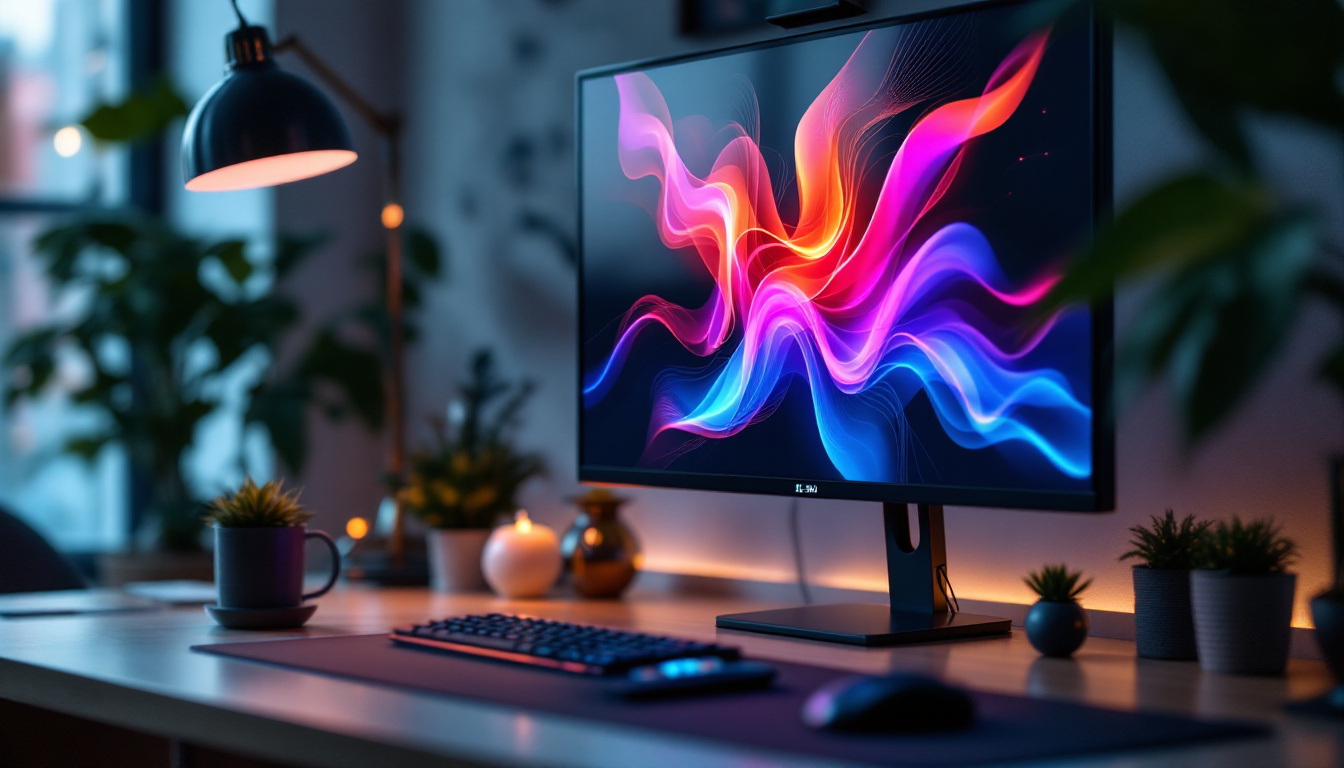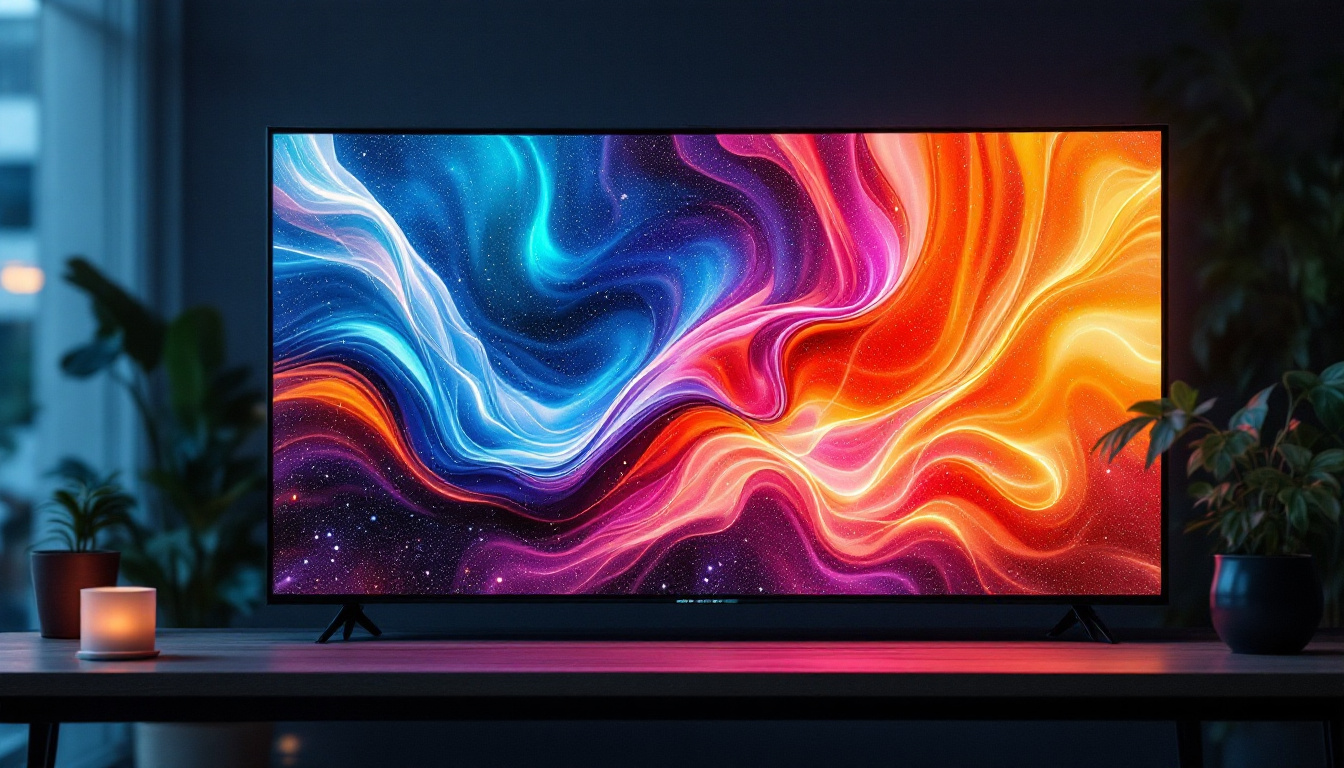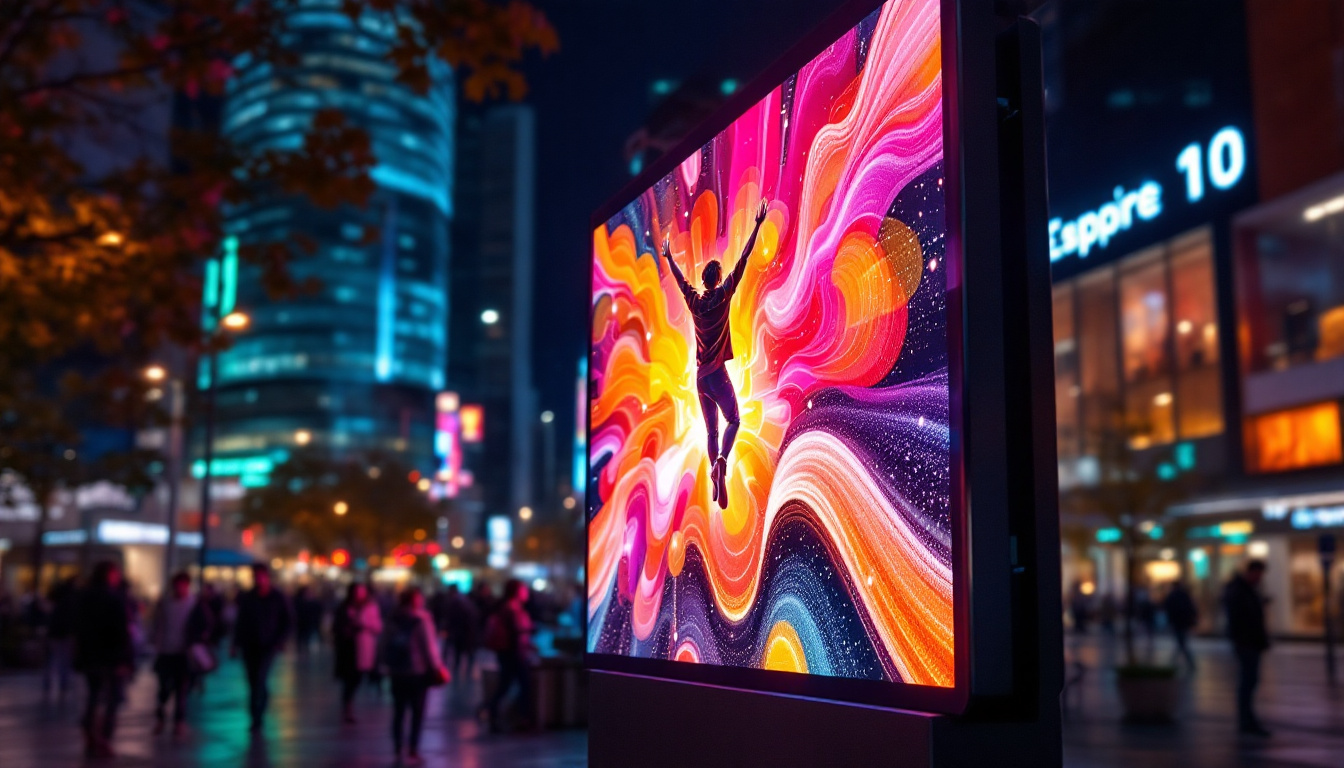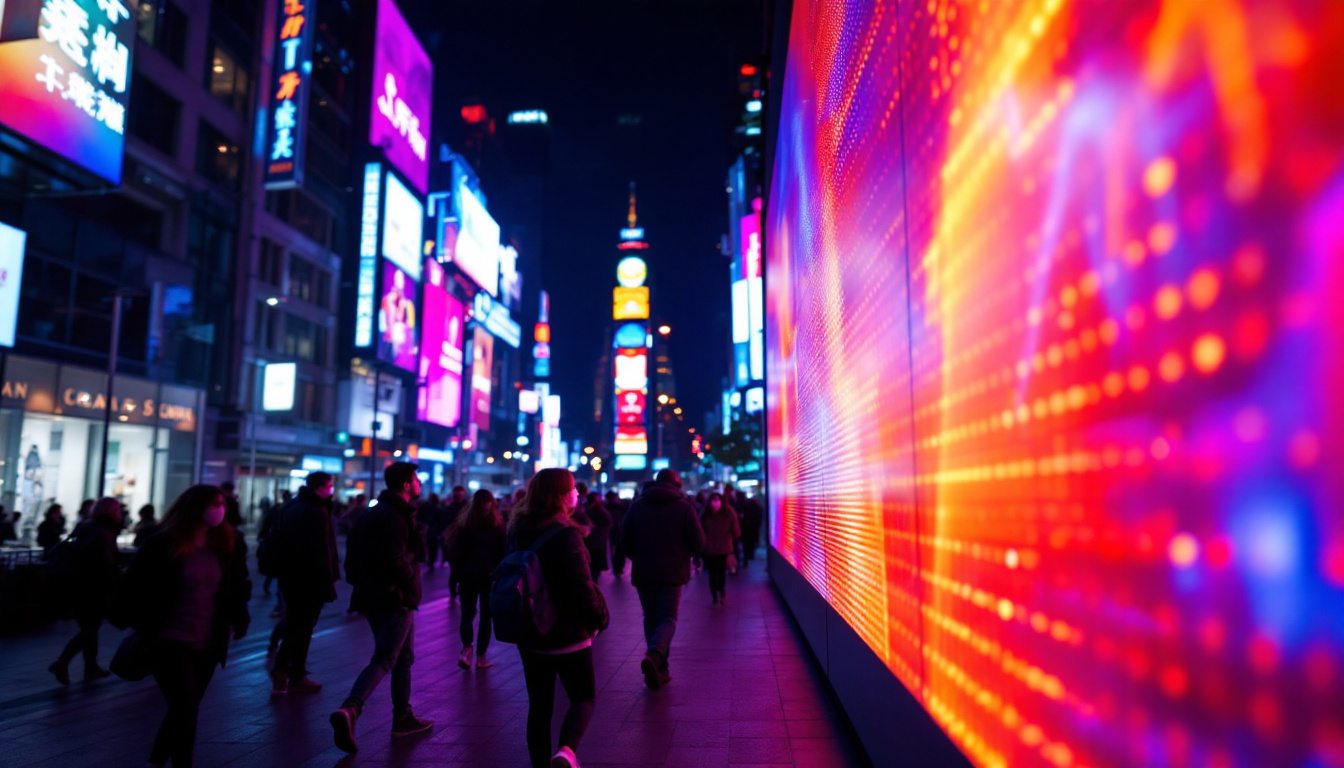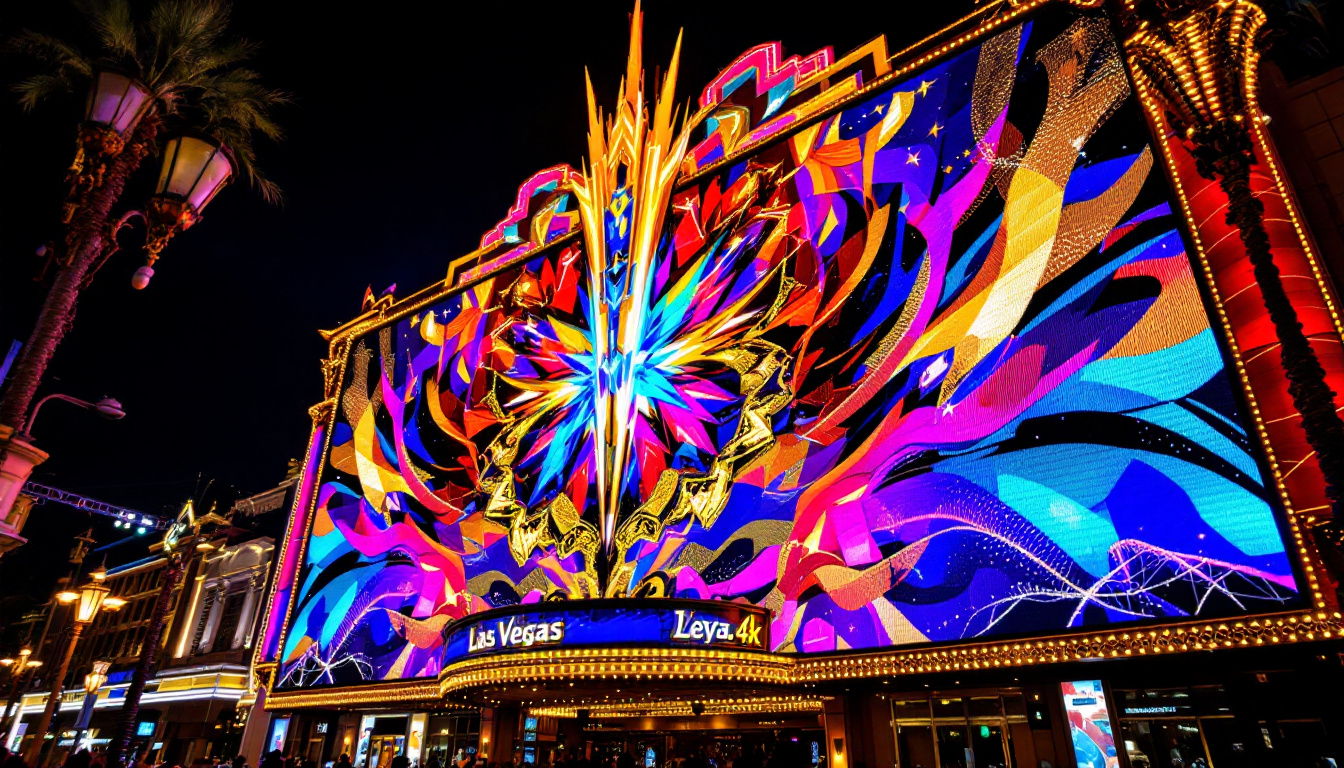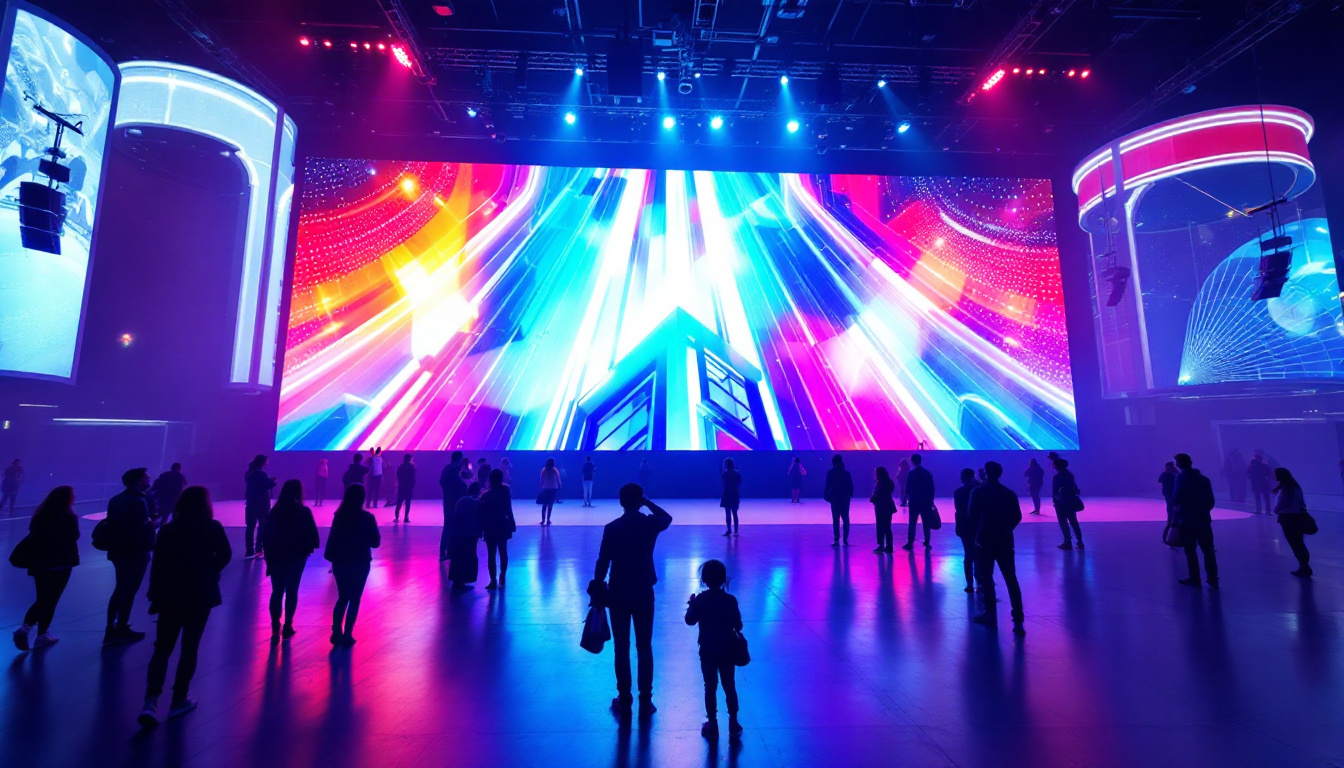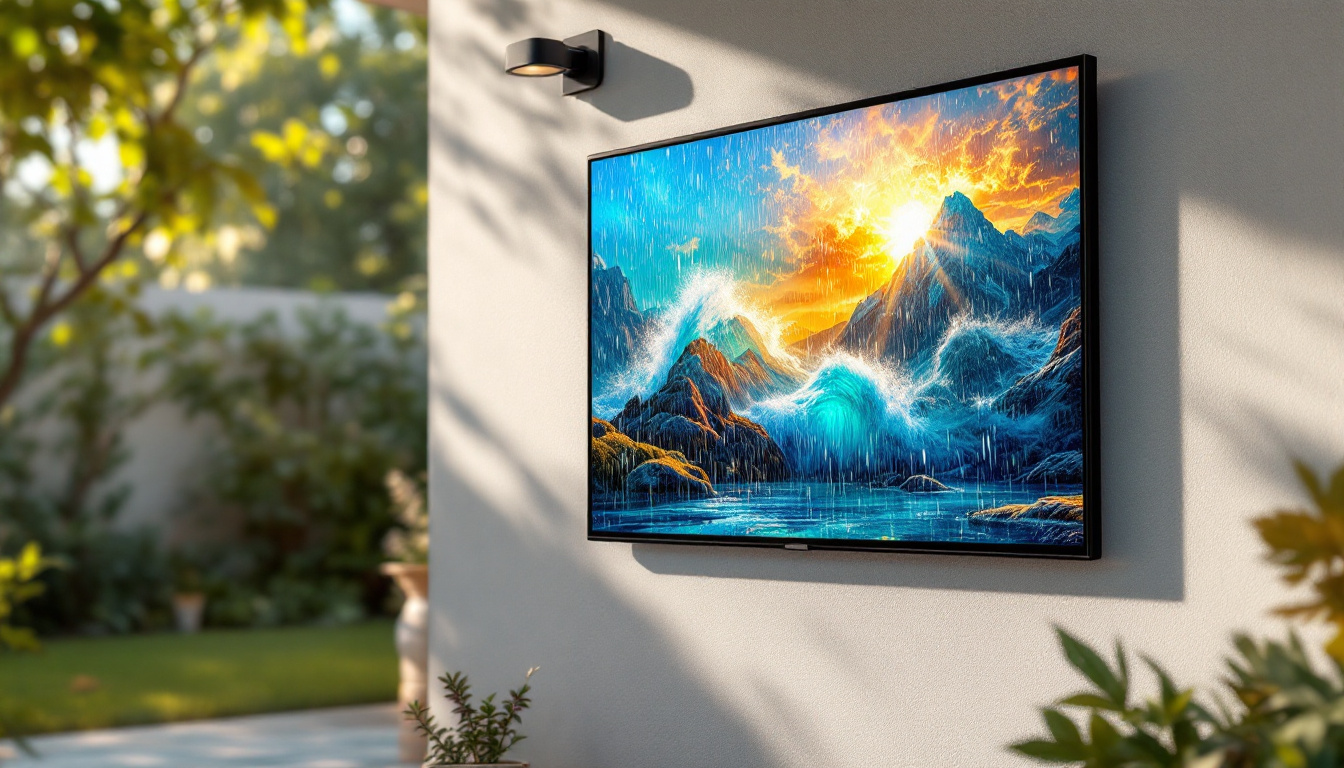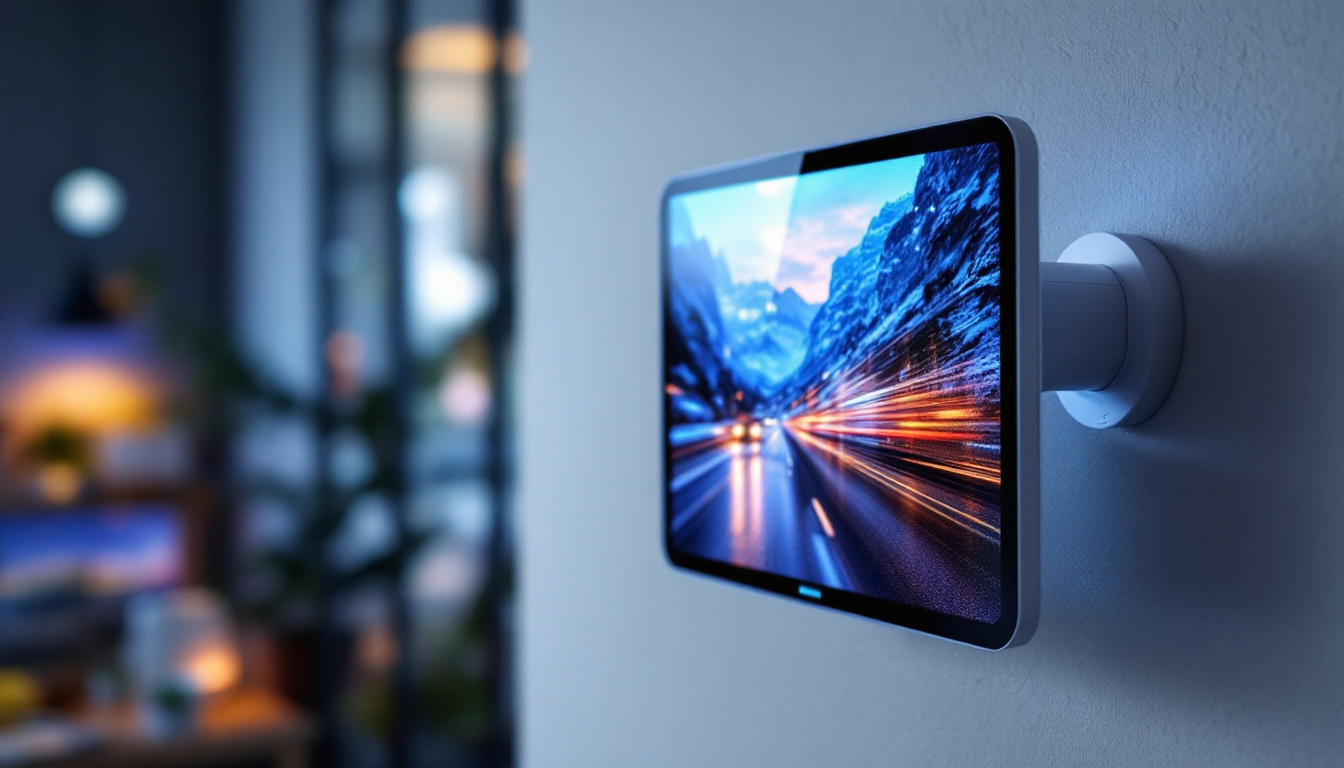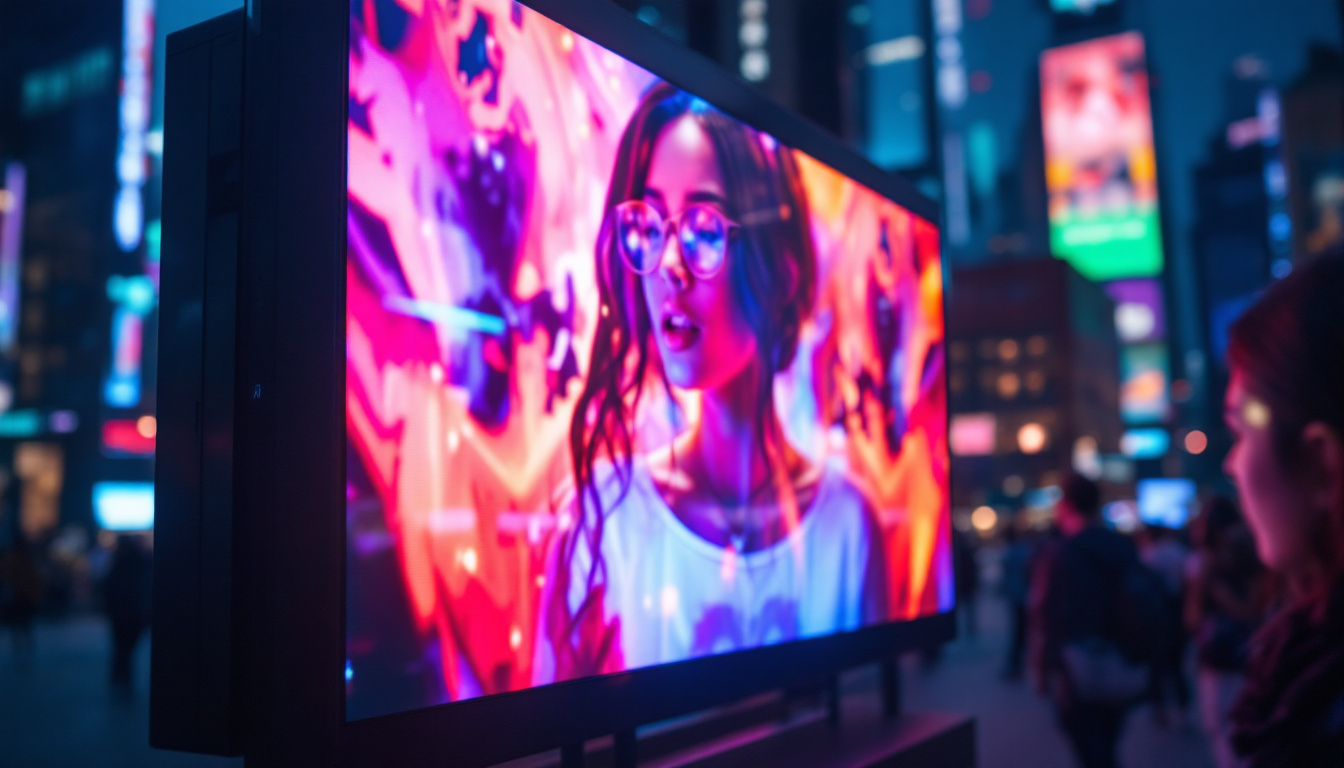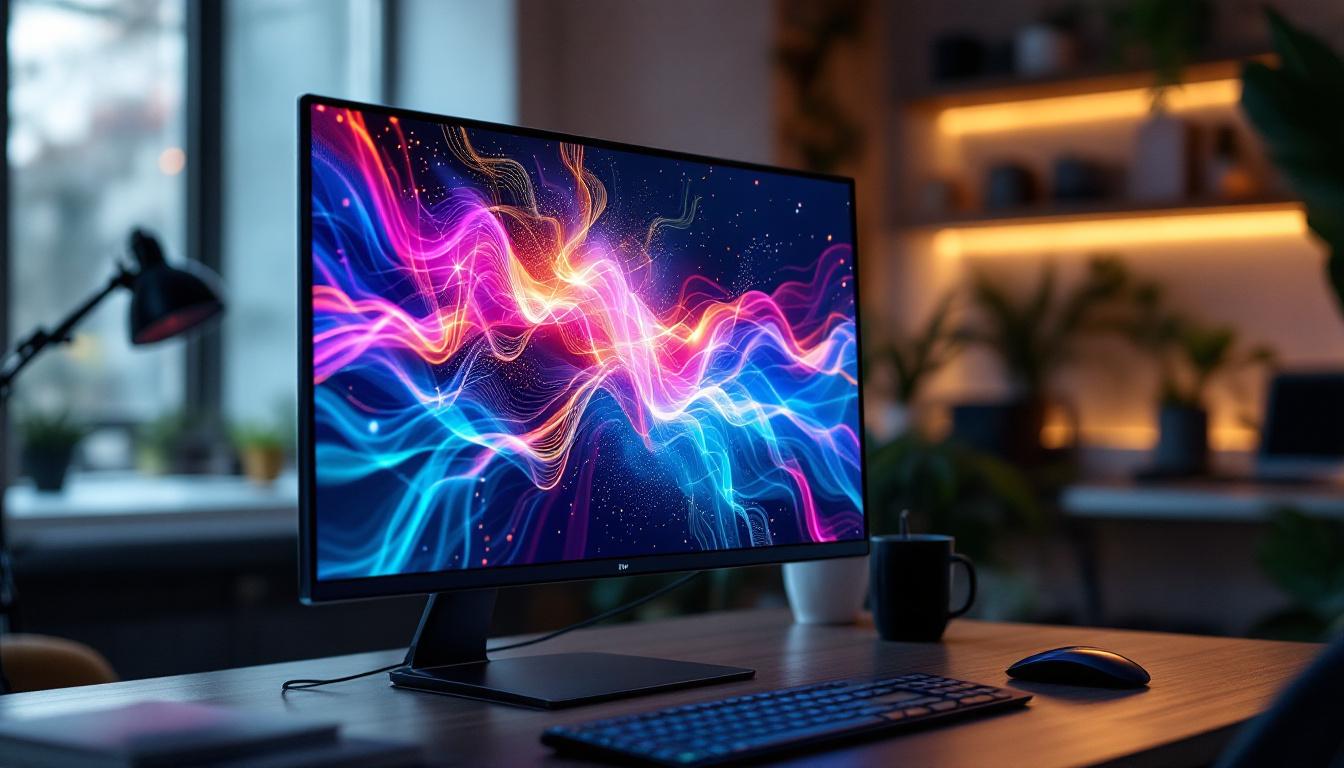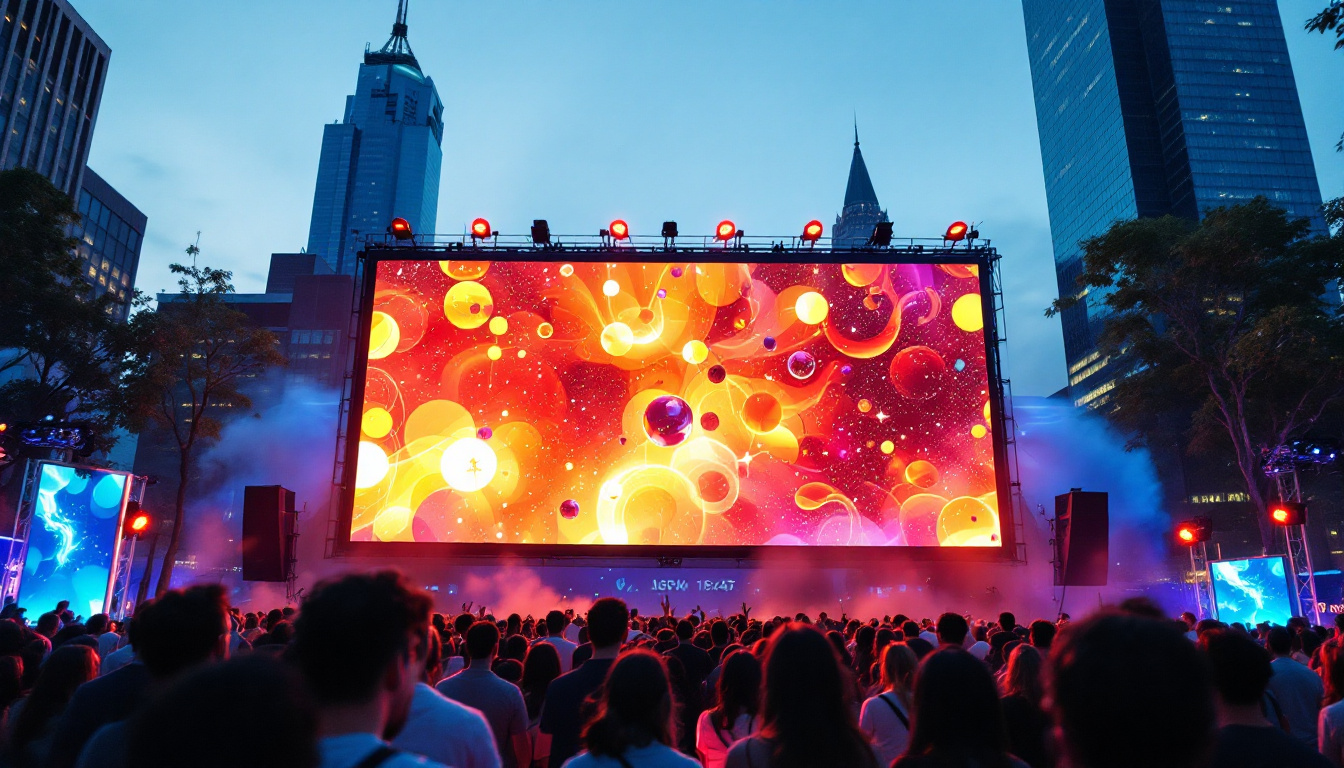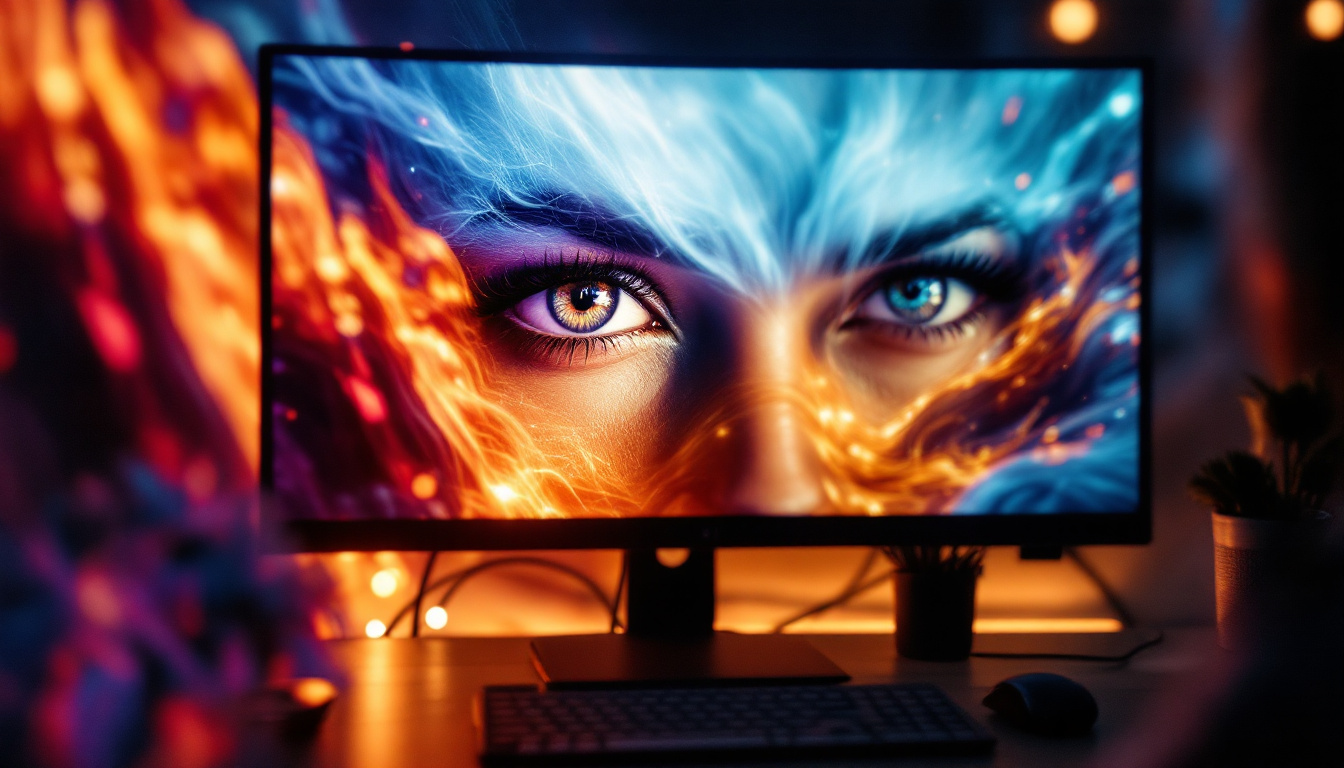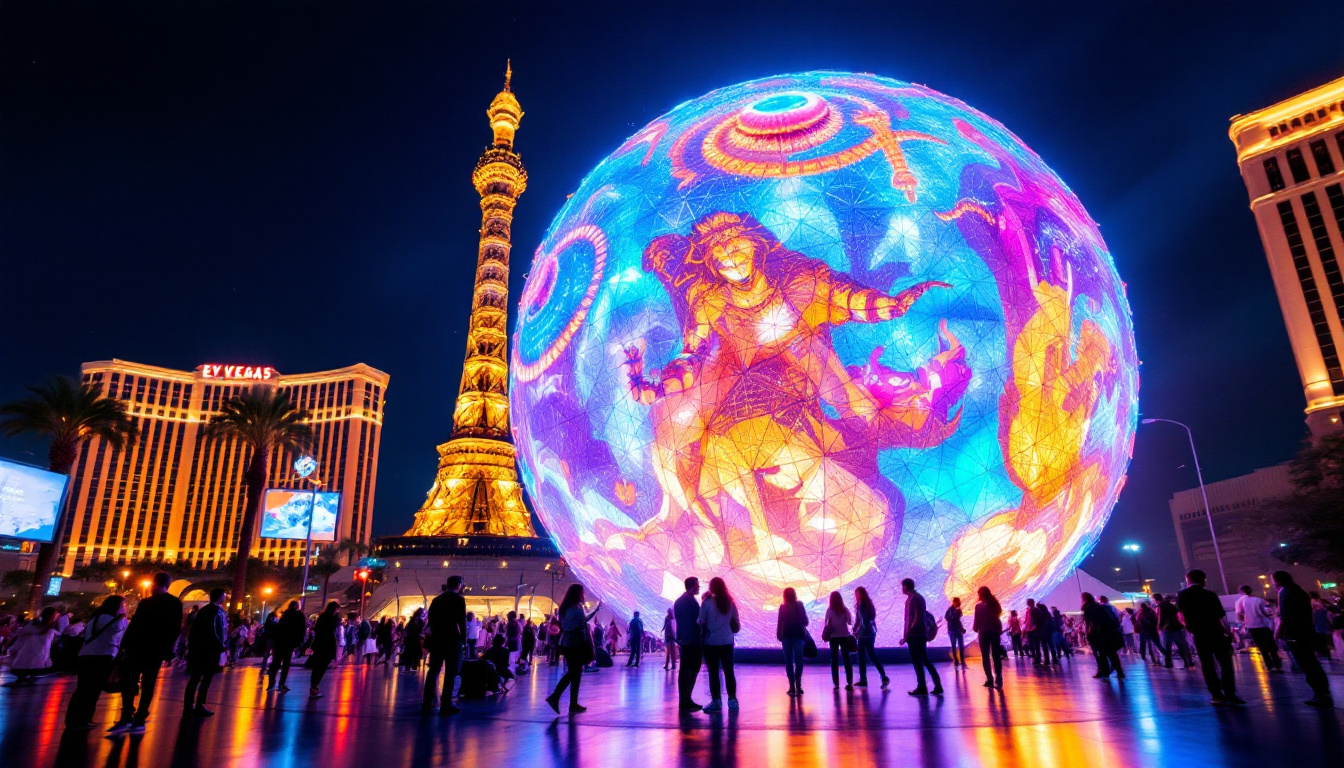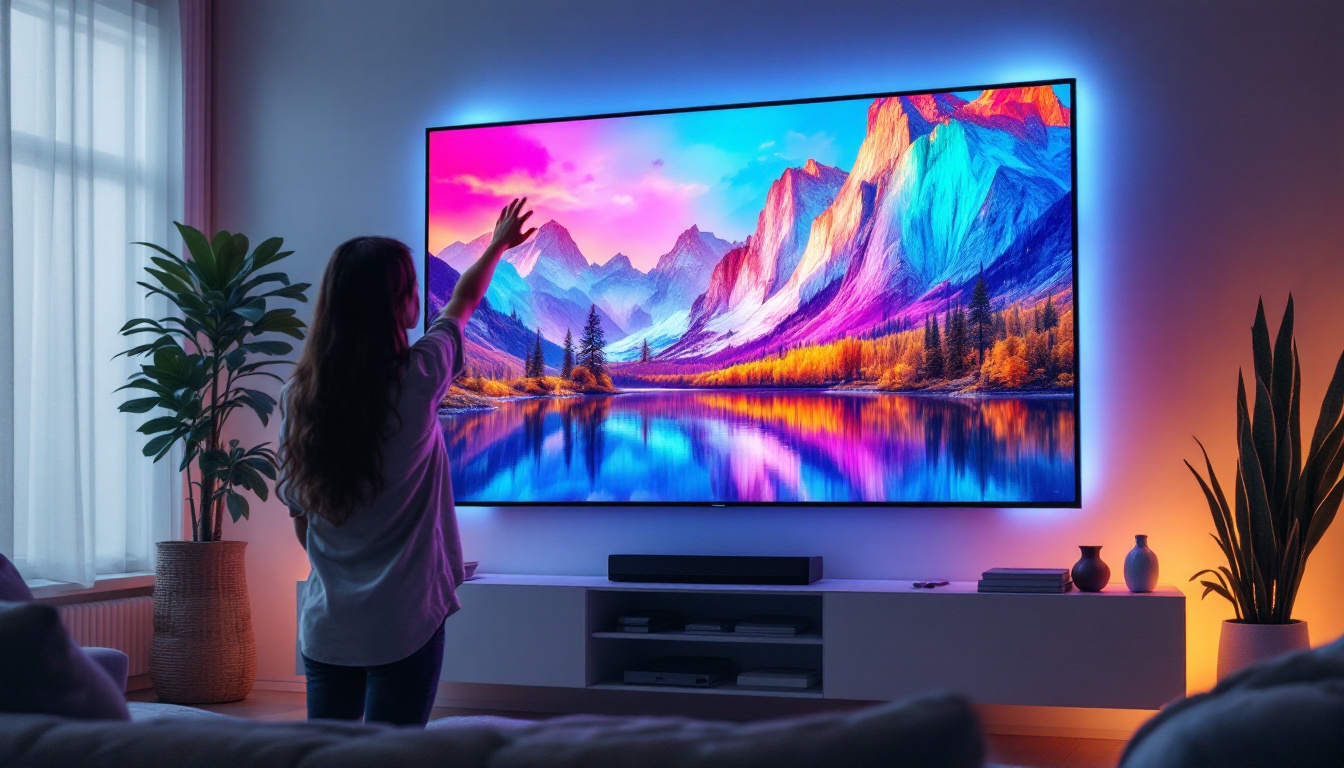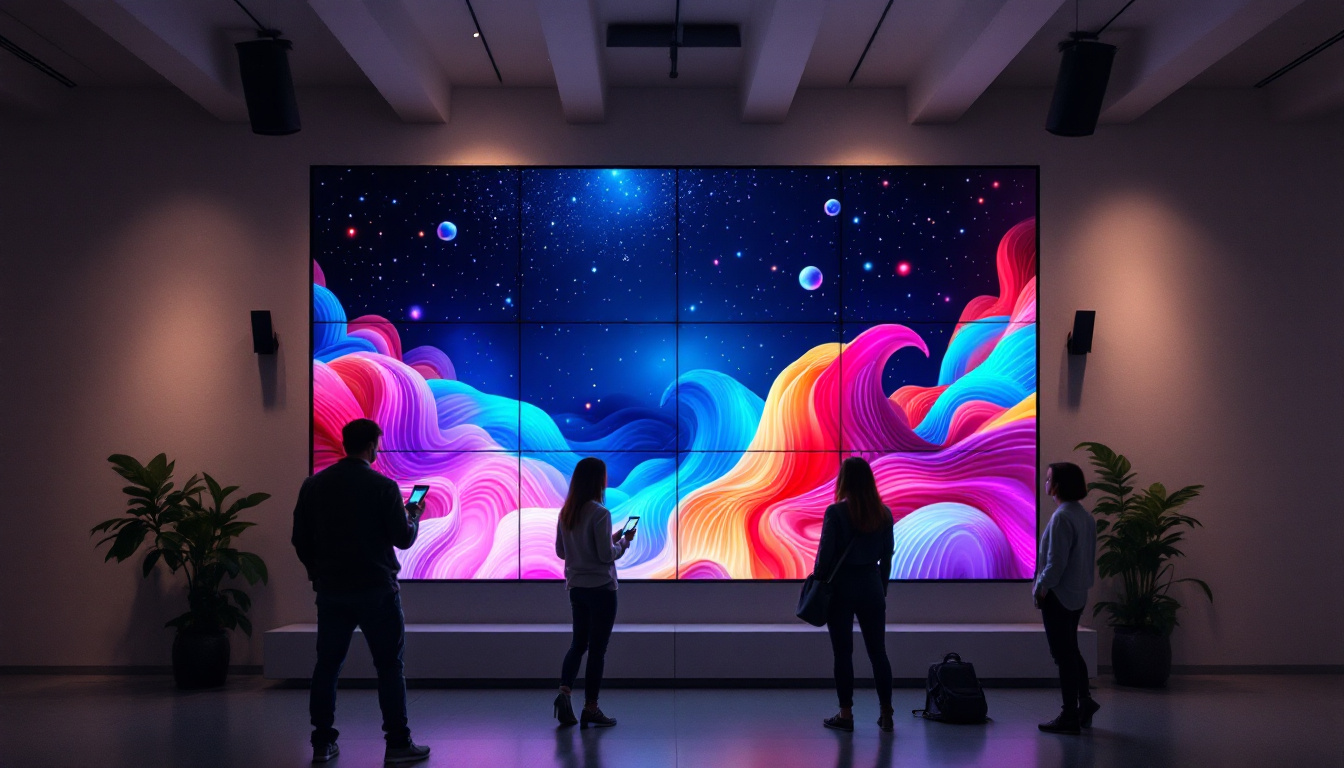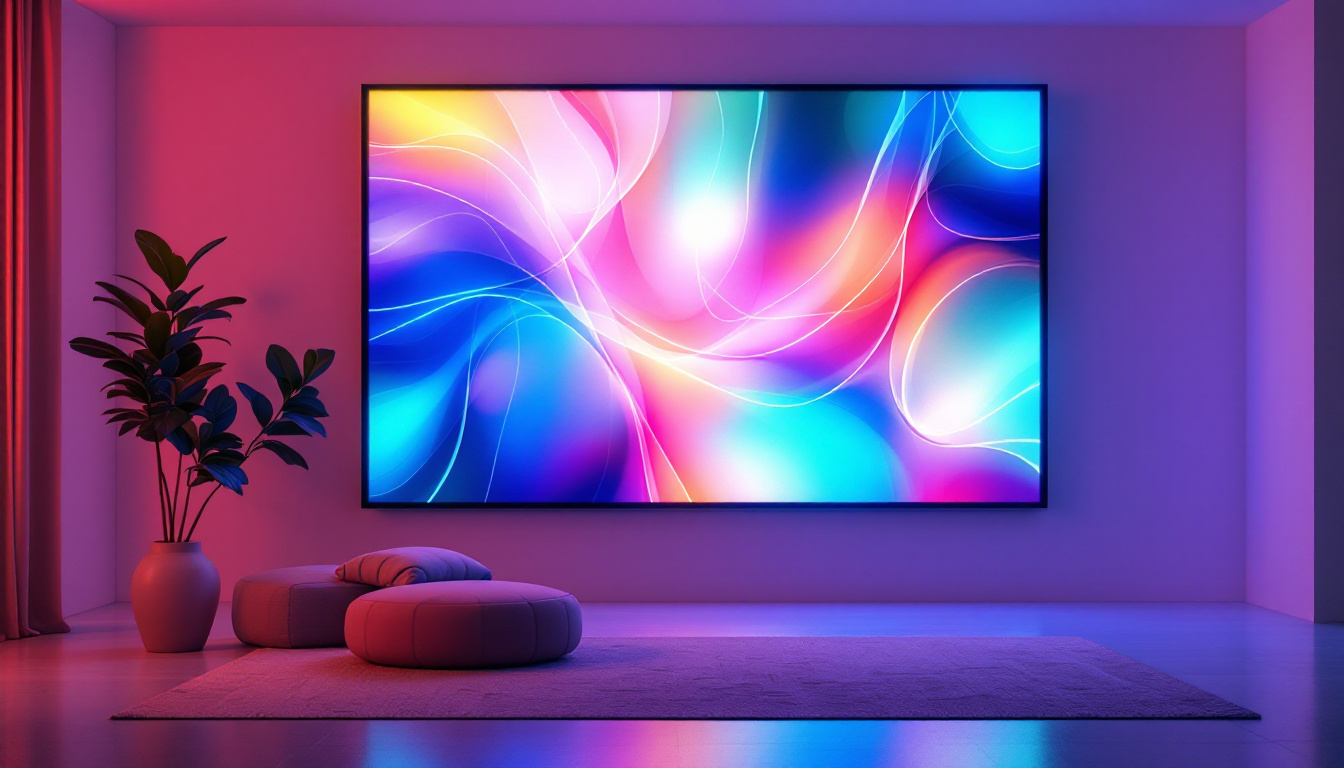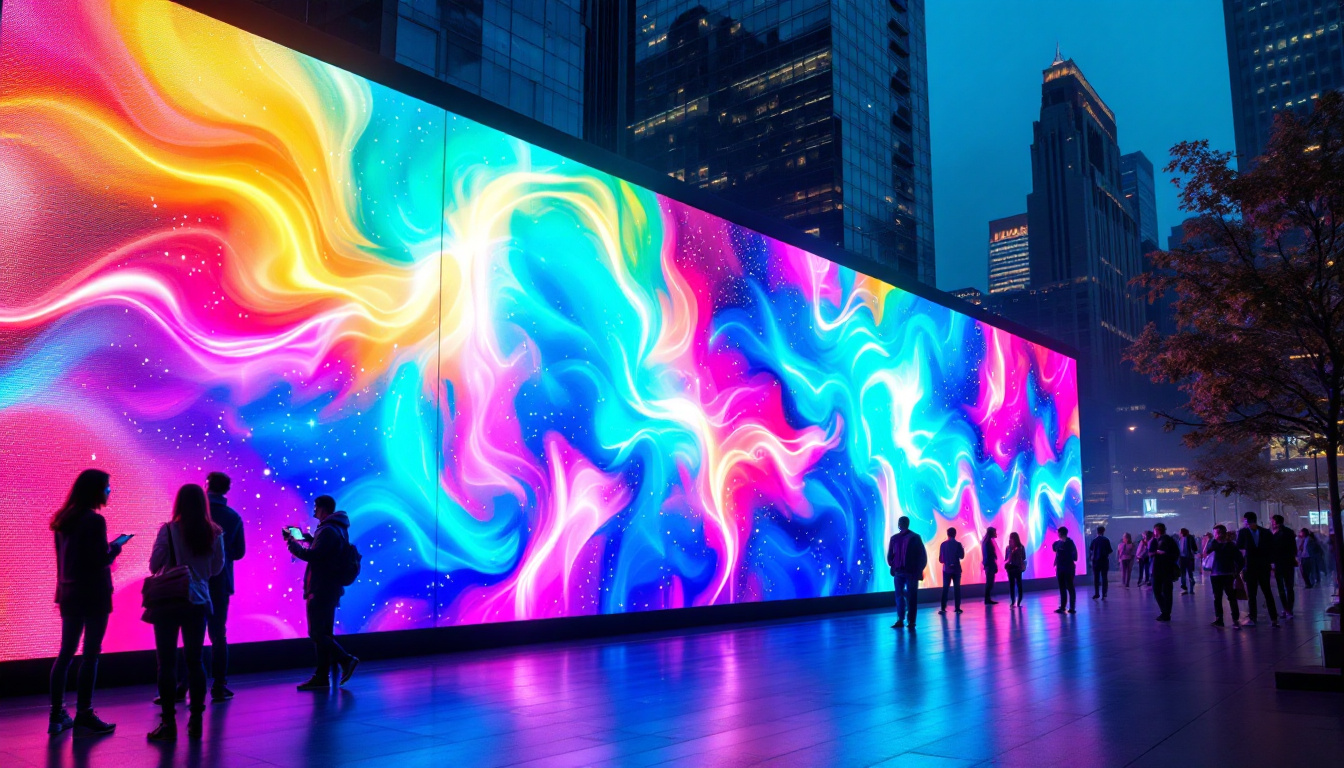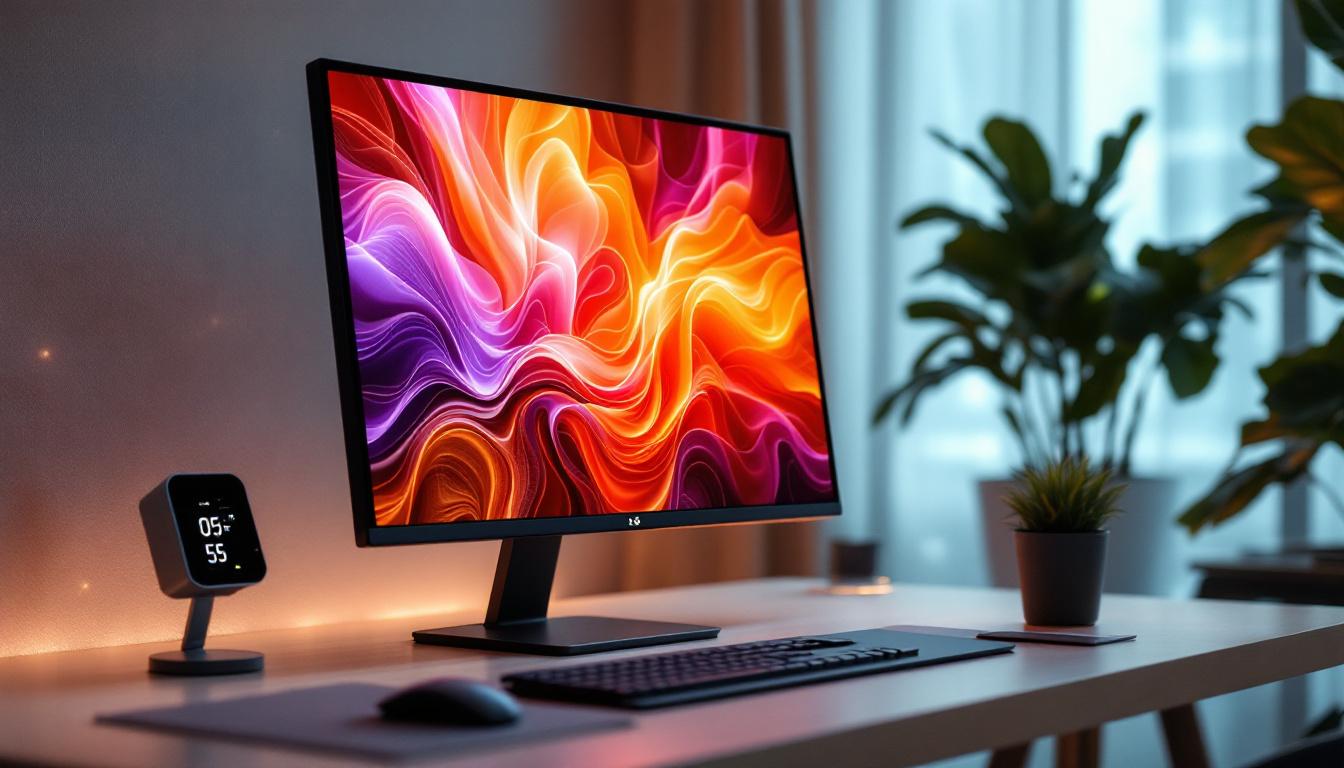In recent years, the automotive industry has witnessed a significant transformation with the integration of advanced technologies. One of the most innovative developments is the car window display screen, which utilizes LED technology to enhance visibility and communication. This article delves into the intricacies of LED displays in car windows, exploring their functionality, benefits, and applications.
Understanding LED Technology
Light Emitting Diodes (LEDs) are semiconductor devices that emit light when an electric current passes through them. This technology has revolutionized various industries, including automotive, due to its energy efficiency, longevity, and versatility.
How LEDs Work
LEDs function by electroluminescence, a process where electrons recombine with holes within the device, releasing energy in the form of photons. This process is highly efficient, allowing LEDs to produce more light while consuming less power compared to traditional incandescent bulbs.
The construction of an LED involves various materials, typically including gallium, arsenide, and phosphor, which determine the color of the emitted light. This versatility enables manufacturers to create displays in a wide range of colors and brightness levels, making them ideal for dynamic applications such as car window displays. Moreover, advancements in technology have led to the development of RGB (Red, Green, Blue) LEDs, which can produce a vast spectrum of colors by adjusting the intensity of each color component, allowing for stunning visual effects in automotive lighting and displays.
Advantages of LED Displays
LED displays offer numerous advantages over conventional display technologies. Firstly, they are significantly more energy-efficient, consuming less power and generating less heat. This efficiency translates to lower operational costs for automotive manufacturers and end-users alike.
Additionally, LED displays boast a longer lifespan, often exceeding 50,000 hours. This durability reduces the frequency of replacements, further contributing to cost savings. Furthermore, LEDs provide excellent visibility in various lighting conditions, ensuring that messages are easily readable both day and night. The rapid response time of LEDs also enhances their performance in applications like turn signals and brake lights, where immediate illumination is crucial for safety. As a result, the integration of LED technology in vehicles not only improves aesthetics but also enhances overall road safety by ensuring that signals are clear and promptly visible to other drivers.
Applications of Car Window Displays
Car window display screens have a wide array of applications, ranging from advertising to safety messaging. Their versatility allows them to serve multiple purposes, making them an attractive option for both consumers and businesses.
Advertising and Marketing
One of the most prominent uses of car window displays is in advertising. Businesses can leverage these displays to showcase promotions, new products, or services directly to potential customers. The dynamic nature of LED displays allows for changing content, enabling businesses to capture attention effectively.
Moreover, these displays can be programmed to target specific audiences based on location and time, maximizing the impact of marketing efforts. For instance, a restaurant might display a lunch special during midday hours in a busy area, attracting foot traffic and increasing sales. This targeted approach not only enhances visibility but also allows businesses to adapt their messaging in real-time, responding to local events or trends that may influence consumer behavior.
Furthermore, car window displays can be integrated with social media platforms, allowing businesses to showcase user-generated content or live feeds of customer interactions. This creates a sense of community and engagement, encouraging passersby to connect with the brand on a deeper level. By incorporating QR codes or hashtags, businesses can also drive online traffic and foster a more interactive marketing experience.
Safety and Communication
Beyond advertising, car window displays play a crucial role in enhancing safety and communication on the road. emergency vehicles, for example, can utilize LED displays to convey important messages to other drivers, such as “Move Over” or “Emergency Ahead.” This functionality can significantly improve response times and overall road safety.
Additionally, rideshare and taxi services can use these displays to indicate their availability, helping passengers identify their vehicles more easily. This feature not only enhances the user experience but also streamlines the process of hailing a ride. In busy urban environments, where multiple vehicles may be competing for attention, a clear and visible display can make all the difference in ensuring that passengers can quickly locate their rides.
Moreover, car window displays can serve as a communication tool for drivers in various situations. For instance, a driver experiencing a mechanical issue could use the display to signal for assistance, displaying messages like “Help Needed” or “Broken Down.” This not only alerts other motorists to exercise caution but also facilitates quicker response from roadside assistance services. In this way, car window displays contribute not only to advertising and marketing but also to enhancing overall road safety and driver communication.
Technical Considerations
Implementing LED displays in car windows involves several technical considerations to ensure optimal performance and safety. These factors include display size, resolution, and integration with existing vehicle systems.
Display Size and Resolution
The size and resolution of LED displays are critical for readability and effectiveness. A larger display may be more visible from a distance, but it must also be balanced with the vehicle’s design and aerodynamics. High-resolution displays ensure that text and images are clear and legible, even at high speeds.
Manufacturers must also consider the pixel pitch, which refers to the distance between the center of one pixel to the center of the adjacent pixel. A smaller pixel pitch results in a higher resolution and sharper images, making it ideal for detailed graphics and text. Furthermore, the choice of materials used in the display can greatly influence both durability and performance. For instance, using tempered glass can provide additional protection against environmental factors such as UV rays and temperature fluctuations, which can affect the display’s longevity and color accuracy.
Integration with Vehicle Systems
For LED displays to function effectively, they must be seamlessly integrated with the vehicle’s existing systems. This includes connections to the vehicle’s power supply, communication systems, and control interfaces. Proper integration ensures that the display can receive real-time data and updates, enhancing its functionality.
Additionally, manufacturers must ensure that the displays comply with safety regulations and standards. This includes considerations for visibility, brightness levels, and potential distractions for drivers. Advanced technologies such as adaptive brightness control can be employed to adjust the display’s luminosity based on ambient light conditions, ensuring that the information remains visible without overwhelming the driver. Moreover, the incorporation of user-friendly interfaces and voice command capabilities can significantly enhance the interaction between the driver and the display, making it a valuable tool rather than a distraction. As the automotive industry continues to evolve, the integration of LED displays will likely play a pivotal role in enhancing both safety and user experience on the road.
Future Trends in Car Window Displays
The future of car window display technology is promising, with several trends emerging that could shape its evolution. As technology continues to advance, these displays are expected to become even more sophisticated and versatile.
Smart Features and Connectivity
One of the most exciting trends is the integration of smart features and connectivity. As vehicles become increasingly connected, LED displays can leverage data from various sources, including navigation systems, traffic updates, and social media feeds. This connectivity will enable displays to provide real-time information, enhancing the overall driving experience.
For example, a car window display could show upcoming traffic conditions, suggest alternative routes, or even display notifications from a driver’s smartphone. This level of interactivity could revolutionize how drivers receive and process information while on the road.
Augmented Reality Integration
Another trend gaining traction is the integration of augmented reality (AR) with car window displays. AR technology can overlay digital information onto the physical world, providing drivers with contextual information about their surroundings. Imagine a display that highlights points of interest, warns of hazards, or even assists with navigation by projecting directions directly onto the windshield.
This integration could significantly enhance situational awareness and safety, making driving not only more enjoyable but also more secure.
Challenges and Considerations
While the potential of car window displays is vast, several challenges must be addressed to ensure their successful implementation and widespread adoption. These challenges range from technical limitations to regulatory hurdles.
Regulatory Compliance
One of the primary challenges is ensuring compliance with local and national regulations. Many jurisdictions have strict rules regarding vehicle displays, particularly concerning brightness levels and the potential for distractions. Manufacturers must navigate these regulations carefully to avoid legal complications and ensure public safety.
Additionally, as technology evolves, regulatory bodies may need to update existing laws to accommodate new innovations. This ongoing dialogue between manufacturers and regulators is crucial for fostering a safe and effective environment for LED displays in vehicles.
Technical Limitations
Technical limitations also pose challenges for the widespread adoption of car window displays. Issues such as power consumption, heat dissipation, and durability must be addressed to ensure that displays can withstand the rigors of daily use.
Moreover, manufacturers must consider the impact of environmental factors, such as extreme temperatures and exposure to sunlight, which can affect display performance. Developing robust solutions to these challenges will be essential for the long-term success of car window displays.
Conclusion
Car window display screens represent a significant advancement in automotive technology, offering a dynamic platform for communication, advertising, and safety. The integration of LED technology provides numerous benefits, including energy efficiency, longevity, and versatility.
As the industry continues to evolve, the potential applications for car window displays are vast. From enhancing marketing efforts to improving road safety, these displays are poised to become an integral part of the driving experience.
However, challenges remain, including regulatory compliance and technical limitations. Addressing these issues will be crucial for unlocking the full potential of car window displays in the future. With ongoing advancements in technology and a commitment to innovation, the future of LED displays in vehicles looks bright.
Discover LumenMatrix’s Advanced LED Display Solutions
Ready to elevate your vehicle’s communication capabilities and enhance your on-road presence? Explore LumenMatrix’s innovative LED display solutions tailored for a variety of applications. Whether you’re looking to boost your brand visibility, improve safety, or create a more engaging driving experience, LumenMatrix has the cutting-edge technology to bring your vision to life. Check out LumenMatrix LED Display Solutions today and see how our commitment to excellence can transform your visual communication strategy.

